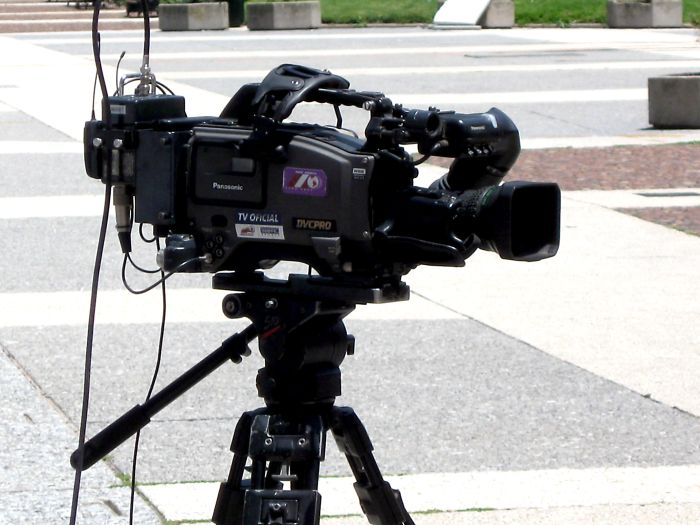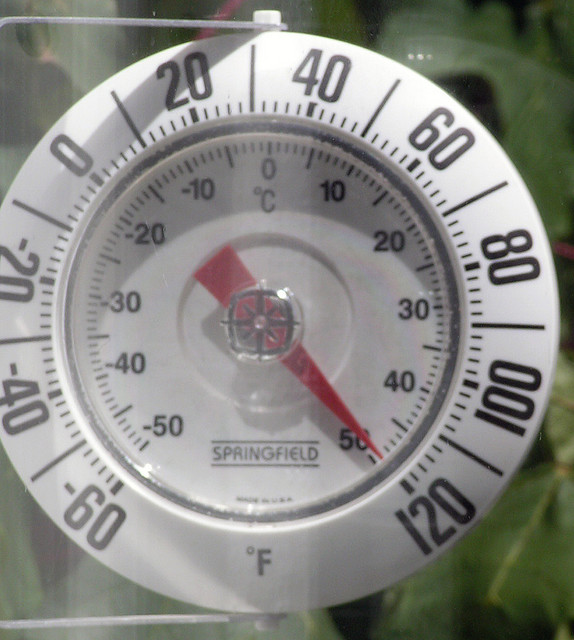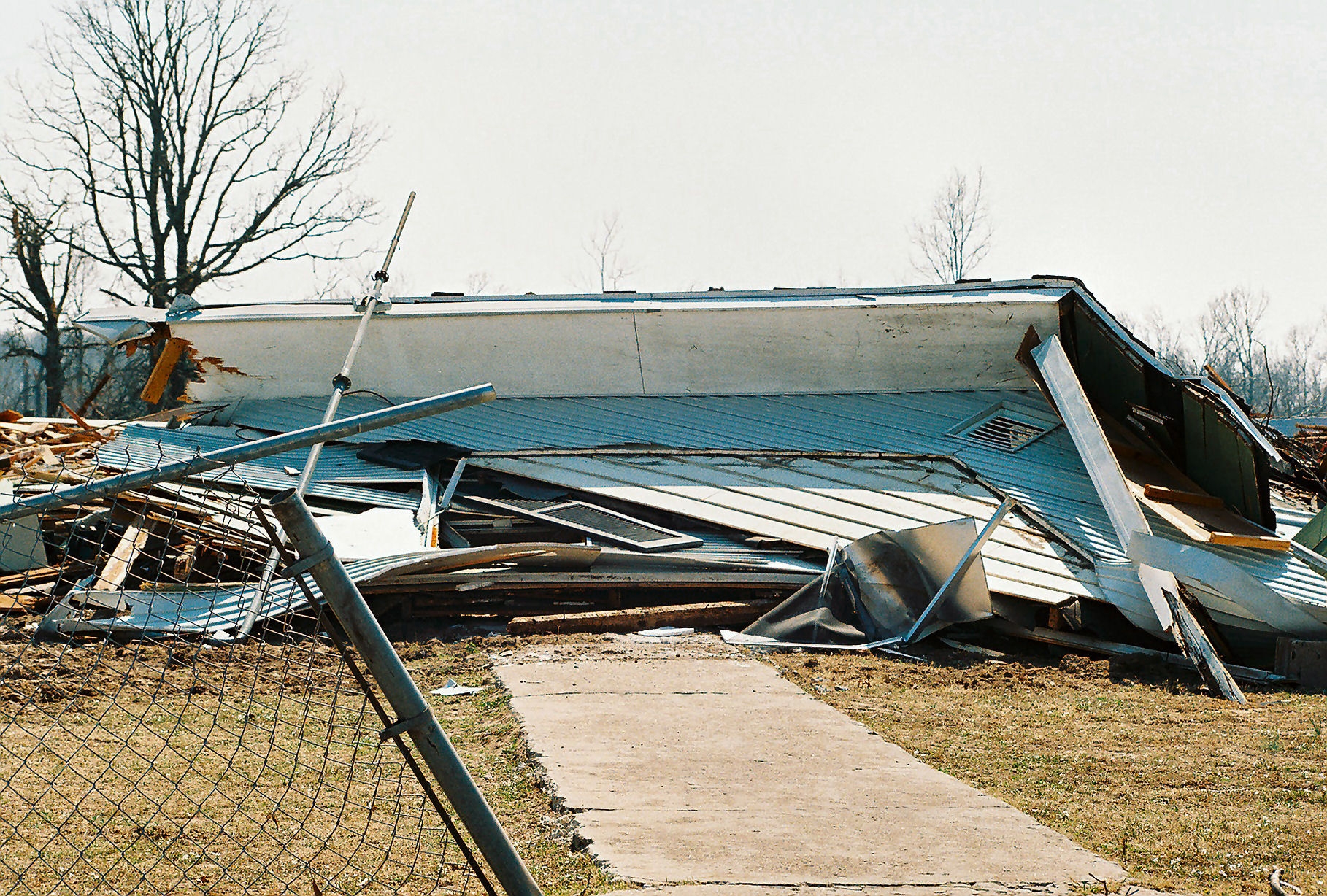Talking about the weather has always been a favorite American pastime. But recent extreme weather events seem to have propelled us into a post chitchat era. With droughts, heat waves, dust storms, tornadoes, wildfires, and floods dominating the headlines, many folks are starting to talk about the weather with a sense of mystification—if not dread. And some are even beginning to connect the dots between extreme weather and scientific warnings about global warming.
Like many of you, I’ve been trying to sort out what extreme weather means for those of us who communicate regularly about climate and energy policy.
The post chitchat era poses both opportunities and risks. On the one hand, extreme weather is exactly what scientific climate models have predicted; and we shouldn’t shy away from pointing that out. On the other hand, while there’s data showing that temperatures are rising, it’s impossible to attribute any single weather event to climate change. There’s a risk of overstating the case or being accused of alarmism, opportunism, or exaggeration.
Over the next few weeks, I’ll be looking at how public figures, researchers, scientists, journalists and regular American voters are talking and thinking about the links between climate and severe weather, with an eye to developing some basic messaging guidelines for climate policy champions.
Read more







